Our first month in Chile has been a whirlwind. Having successfully made it across the border from Peru, we spent the first night in the coastal city of Arica and celebrated how far we had come. Chile had been almost like the distant destination on the horizon for pretty much our whole trip thus far, and we were very excited to have our truck home in the promised land at last.
The following day we drove through to desert to Iquique, a beautiful coastal city consisting of a long metropolitan strip and huge port sandwiched between the ocean and 3,000 ft high sand dune mountains. The city is a famous paragliding arena, with almost constant good conditions for launching off the mountains and soaring over the city to the beach. We spent over a week in Iquique, camping at a paragliding hostel with views over the ocean and various overland travelers as neighbors coming and going. Mitch got some epic flights in and Rio and I enjoyed running on the beautiful flat beaches. Iquique was one of our favorite Chilean cities we’ve experienced, with a pleasant climate this time of year – Spring in the Southern Hemisphere – and good fresh markets and beachside parks. We also managed to leave with a newly simplified storage system in the form of a large lightweight metal box on our roof that fits all of our surfboards and more.
After leaving the city we were happy to start wild camping, something we hadn’t done much of since leaving the states, mostly for our own peace of mind security-wise. We spent some amazing nights all by ourselves on the coast of Northern Chile and the middle of the Atacama desert as we worked our way slowly south. The entire northern half of Chile is desert; the majority called the Atacama desert, one of the driest deserts in the world. Driving through the desert for days on end was quite the experience. The color palette was unchanging variations of brown, the stars at night were absolutely incredible, and the aridness and lack of living things made me anxious even though we had a full water tank. Mining is the biggest source of revenue in Chile, primarily copper mining, and we saw some of the insanely huge mining equipment being transported on the highway. We also saw lots of historic nitrate mines and ghost towns from the nitrate mining boom before chemical alternatives were developed in the1950s. The Pan-American highway in Chile is straight and fast, so we filled our gas tanks when we could and covered kilometers faster than we had in a long time.
Upon reentering cell signal and civilization after a few days in the desert, we were informed by locals that protests in Santiago had spread to all the other cities in the North and roadblocks were common. We made it south to Bahía Inglesa – avoiding one flaming roadblock with the help of friendly locals – and stayed for a few days as we talked to locals and followed what was going on in the country. A raise in the subway fare in Santiago had been the drop that overflowed the bucket of discontent among a large percentage of the population over the extreme inequality in the country. As millions of people hit the streets to voice their need for change, the President declared a state of emergency and dispatched military to Santiago and most of the major cities, and a curfew was enforced in many. There was a lot of uncertainty among both travelers and locals.
Bahia Inglesa is a beautiful little seaside town that is strikingly different from the rugged, rock desert coast that lines most of the country. The bay is surrounded by white sand created from tons of tiny shell particles, making the shallow edges of the bay glow light blue likes a tropical location. That is, until you feel the temperature of the water. However, Mitch suited up in his thick wetsuit and enjoyed spearfishing near our camp, even catching us a yummy rock fish for dinner. Bahia Inglesa is where we spent my 21st birthday together when Mitch came to visit me when I was studying abroad in Santiago, and it was sweet to come back.
Feeling more confident after talking to lots of truck drivers coming from Santiago and the region, we decided to keep heading South, being careful to drive only in the mornings, as the protests and roadblocks didn’t seem to be happening too early. In fact, we’re still getting used to the Chilean schedule, which involves staying up later and getting up later than we normally do. We didn’t have any problems, and a few days later we were very excited to spend our first night in the company of nice green trees, something nearly 3 months of desert had us really missing. Camping just northwest of Santiago, in the coastal cordillera range, we hiked up a mountain and enjoyed the scenery, which reminded me a lot of Northern-Central California. The valleys north and west of Santiago are the primary avocado cultivation areas, a divisive crop that has caused groundwater and rivers to dry up as the water is used for the valuable export. Driving a couple more hours south to the surf town of Pichilemu where we are now, we saw blooming California poppies every where – also reminding me of how similar Chile is to California, only in the opposite hemisphere. Springtime is in full effect here, and we are excited to meet up with some friends soon and begin kayaking and exploring the beautiful mountains and rivers of Chile!
The protests continue, with a huge portion of the population calling for change here. Although we remain basically unaffected in the more rural areas, the cities – particularly Santiago – are being hit hard, with widespread allegations of human rights abuses by police and military against peaceful protesters. It is an interesting time to be here, and I hope positive change comes soon for the people of Chile. We are very grateful to be in our truck home, enjoying the buena onda of the Chilean people and living in one of our favorite countries.
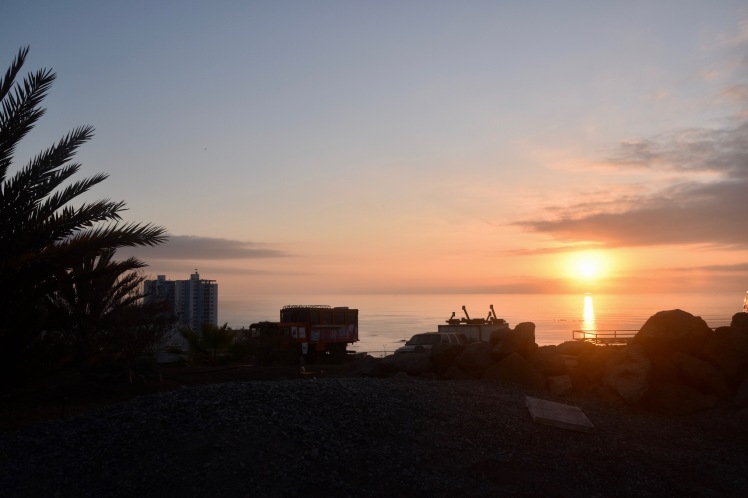
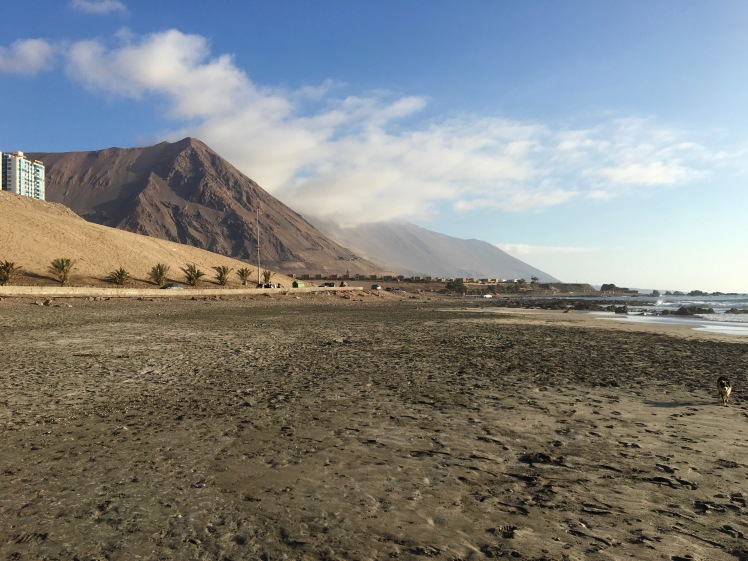

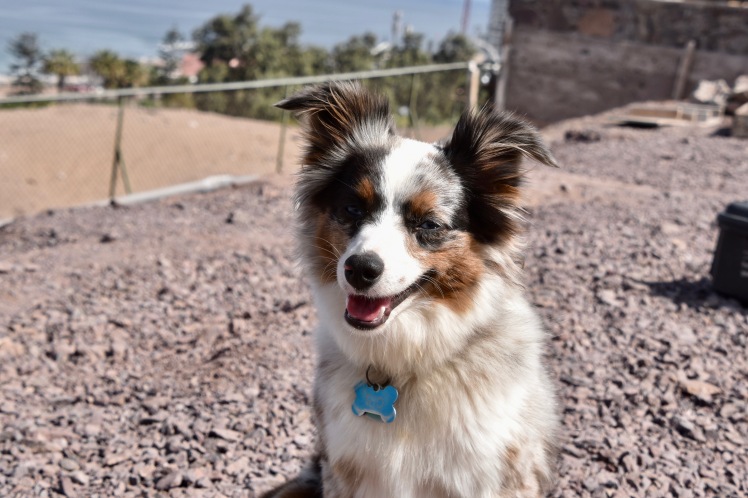

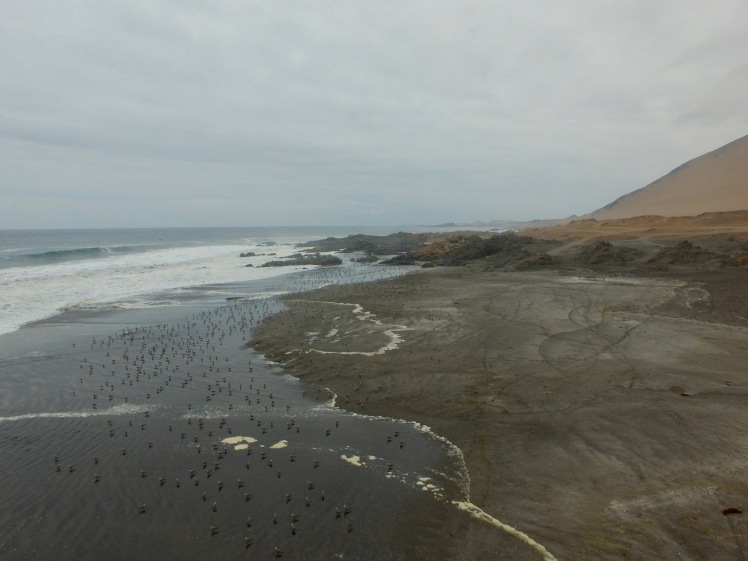


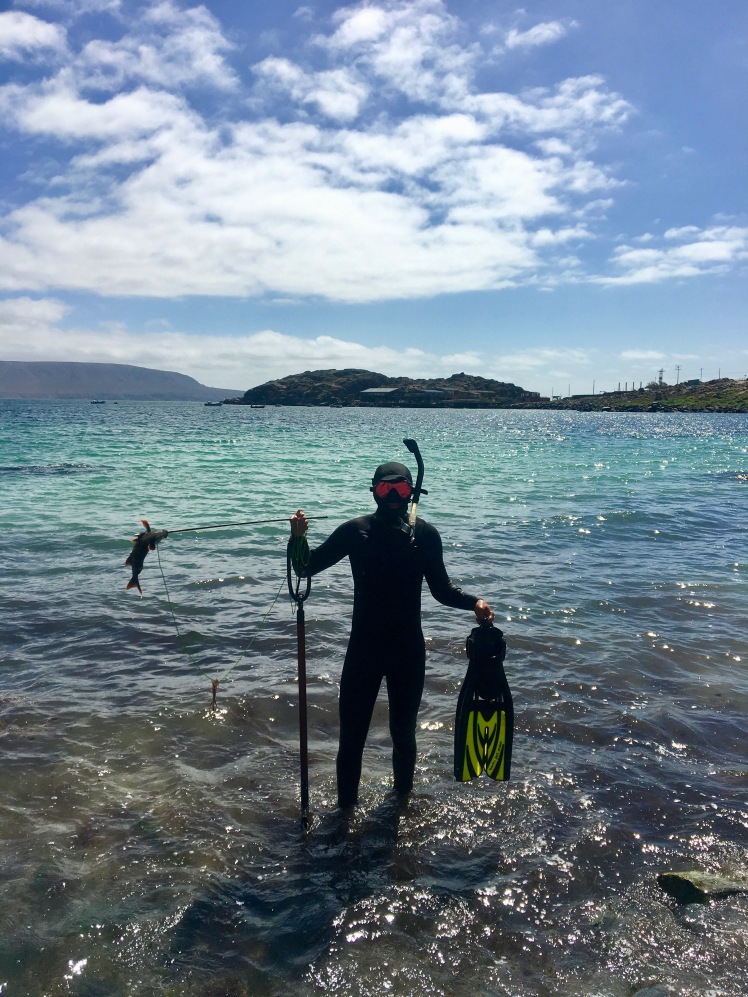



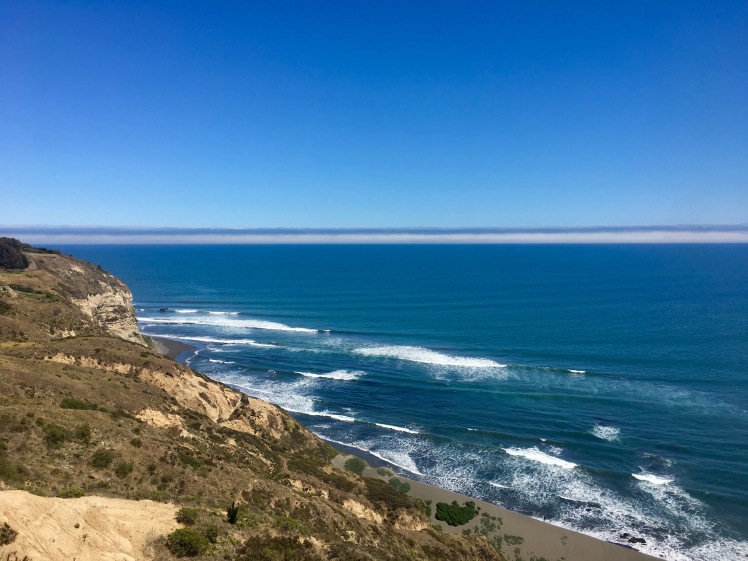

Love hearing about and seeing your adventuresome journey. xoxoxoxoxo
LikeLike